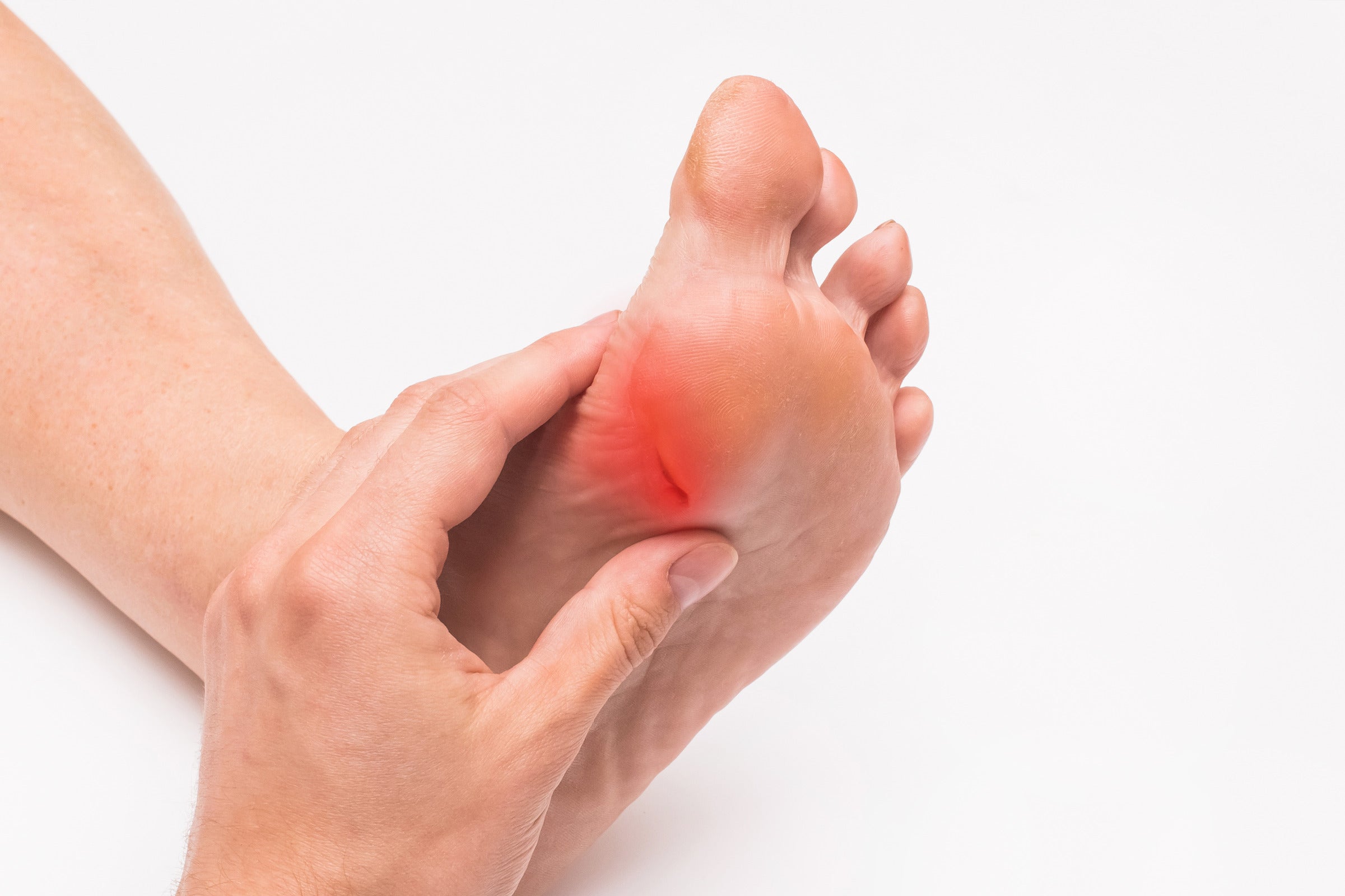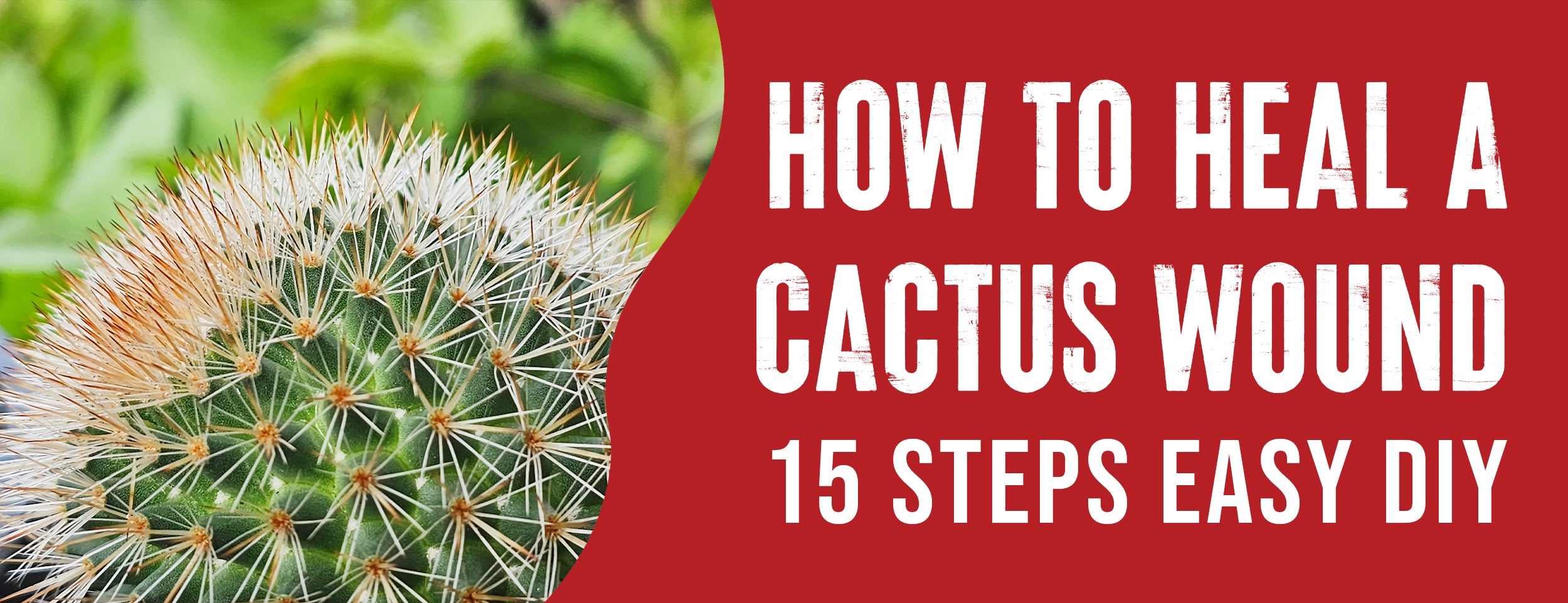Infection could occur if fluids and other contaminants enter the wound. Improper disinfecting can also delay healing. Cellulitis occurs when an infection does not receive prompt treatment, spreading infection into deeper tissues under the skin.
A topical antibiotic cream or ointment should be applied to the wound. When you change the dressing, rewash the area and reapply the antibiotic for the first two days.
Ointments with certain ingredients can cause mild rashes in some people. A rash should be reported immediately.
In this blog post, we will explain the best tips for disinfecting stab wounds and the risks of improper cleaning. Disinfecting stab wounds and wound infections should be treated by your doctor.
How To Disinfect Stab Wound: 7 DIY Steps

A stab wound must be disinfected properly to promote healing and prevent complications. Here are some essential tips for disinfecting a stab wound safely and effectively.
Start with Clean Hands
Before attending to the stab wound, thoroughly wash your hands with soap and water. This will prevent you from introducing harmful bacteria or contaminants to the wound, which could lead to infection.
Address Bleeding Immediately
If the stab wound is actively bleeding, it's essential to put direct pressure on it with a clean cloth or sterile bandage. The injured area can also be elevated above the heart to decrease blood flow and slow the bleeding until further medical assistance is available.
Gentle Wound Cleansing
Once the bleeding is under control, gently cleanse the stab wound with mild soap and water. Avoid harsh chemicals or strong antiseptics, as these can irritate. Thoroughly rinsing the wound helps remove any foreign particles or dirt that could lead to infection.

Application of Antiseptic Ointment
After cleaning the wound, a thin layer of antiseptic ointment can create protection against bacteria and promote healing. Be sure to use ointments designed explicitly for wound care, following the instructions provided on the product packaging.
Securely Cover the Wound
Cover the stab wound with a sterile, non-stick dressing to protect it from further contamination and minimize the risk of injury aggravation. Securing the dressing with medical tape or bandages helps maintain a clean environment around the wound, supporting the body's natural healing mechanisms.
Regular Dressing Changes
Monitoring the stab wound and changing the dressing to ensure the area remains clean and free from infection is essential. Following the healthcare provider's recommendations for dressing change frequency is necessary to promote optimal wound healing.
Vigilance for Signs of Infection
As the stab wound heals, it's crucial to watch for any inflammation, swelling, warmth, or discharge. Additionally, if the injured individual experiences fever or chills, seeking prompt medical attention is imperative to address potential complications.
5 Risks of Improper Cleaning Disinfect Stab Wound

Proper cleaning and disinfection are essential when caring for stab wounds. Cleaning and disinfecting a wound improperly can lead to various complications. Below are some critical insights from reputable sources that describe the risks associated with inadequate wound care:
Increased Risk of Infection
Failing to clean and disinfect a stab wound properly significantly elevates infection risk. Bacteria, contaminants, or foreign objects left untreated in the wound can lead to localized or systemic diseases, causing further complications.
Delayed Healing Process
Inadequate cleaning may hinder the natural healing process of the stab wound. Debris or contaminants can impede tissue regeneration and increase the time required for the wound to close, leaving it susceptible to prolonged discomfort and complications.

Formation of Abscesses
Improper cleaning may contribute to the formation of abscesses within the stab wound. Accumulation of pus and fluid in the tissue can lead to painful swelling, creating an ideal environment for bacterial growth and complicating the overall healing process.
Risk of Tetanus Infection
Stab wounds, especially those involving skin puncture, increase the risk of tetanus infection. If the wound is contaminated with soil, bacteria such as Clostridium tetani may thrive, potentially leading to a severe and potentially life-threatening condition if left untreated.
Potential for Nerve or Tissue Damage
Neglecting proper cleaning and disinfection increases the risk of nerve or tissue damage at the stab wound site. Infections or untreated foreign objects within the wound can lead to complications that affect surrounding tissues, potentially causing long-term damage or impairment.
Consult Your Doctor If Your Wound Shows Signs of Infection

Infection signs are essential to watch out for after a stab wound. By recognizing these signs early on, you can ensure the best possible outcome for your recovery. Here are the key indicators to watch out for:
- Fever: If you experience an unexplained fever after sustaining a stab wound, it could be a sign of an infection.
- Redness, Swelling, Warmth, or Increasing Pain: Any unusual redness, swelling, warmth, or increased pain around the wound should not be ignored, as they could indicate an infection.
- Unpleasant Odor: An unpleasant or bad smell emanating from the wound may indicate infection and prompt you to seek medical attention.
- Pus Discharge: The presence of pus from the wound is a clear sign of infection and warrants immediate medical care.
- Red Streaks: The appearance of red streaks around the wound or extending up your arm or leg is a severe indicator of infection and requires prompt medical attention.

Conclusion
In conclusion, attending to a stab wound might seem daunting, but having the proper knowledge at your fingertips can make all the difference. Always start with clean hands, address the bleeding immediately, and cleanse the wound gently. Remember to apply antiseptic ointment, cover the wound securely, regularly change the dressings, and stay vigilant for signs of infection.
Check for red streaks, unusual smells, or pus discharge if you suspect an infection. And remember, while these tips are essential, it's always best to consult a healthcare professional if you're dealing with a stab wound. With this guide, we hope you feel more prepared and informed about disinfecting stab wounds.

![7 Tips To Disinfect Stab Wounds [5 Complications]](http://drnumb.com/cdn/shop/articles/How_To_Disinfect_Stab_Wound__7_DIY_Steps_5_Complications.jpg?v=1715140726&width=1100)










